Table of Contents
Introduction to Spicy Living
Discover the top 5 chili ingredients for cooking in 2025, ranked by heat level, flavor profile, and culinary use. Whether you're a beginner or seasoned chef, this expert guide reveals exactly which peppers to choose for your dishes and how to use them safely and effectively.
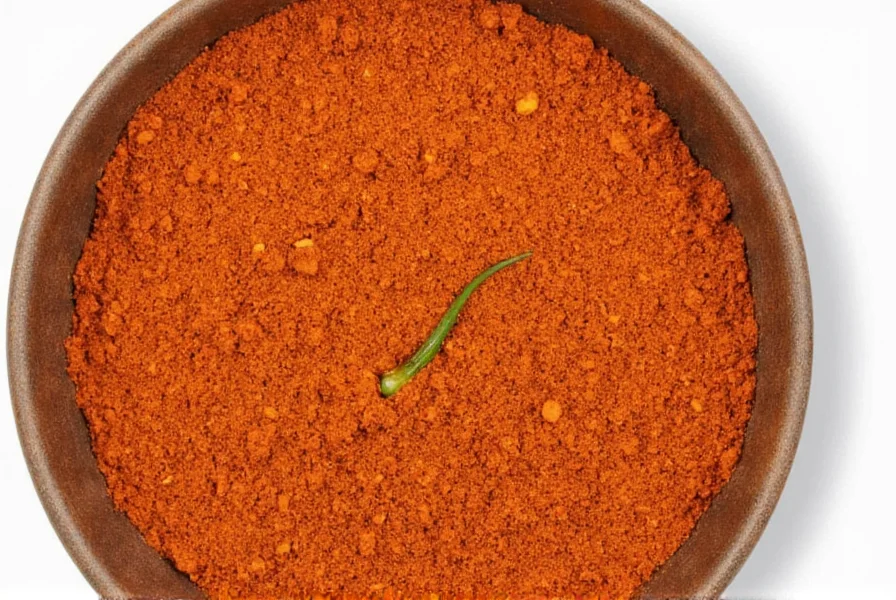
Chili Basics for Beginners
Chilies (Capsicum genus) deliver heat through capsaicin concentrated in seeds and membranes. Their Scoville Heat Units (SHU) measure intensity, ranging from mild (0-2,500 SHU) to extreme (over 1 million SHU). Here's a quick reference:
- Jalapeño: 2,500-8,000 SHU - Ideal for salsas and tacos
- Serrano: 10,000-23,000 SHU - Perfect for fresh salsas and garnishes
- Habanero: 100,000-350,000 SHU - Citrusy heat for hot sauces
- Ghost Pepper: 855,000-1,041,427 SHU - Extreme heat for specialty dishes
- Anaheim: 500-2,500 SHU - Mild and versatile for roasting
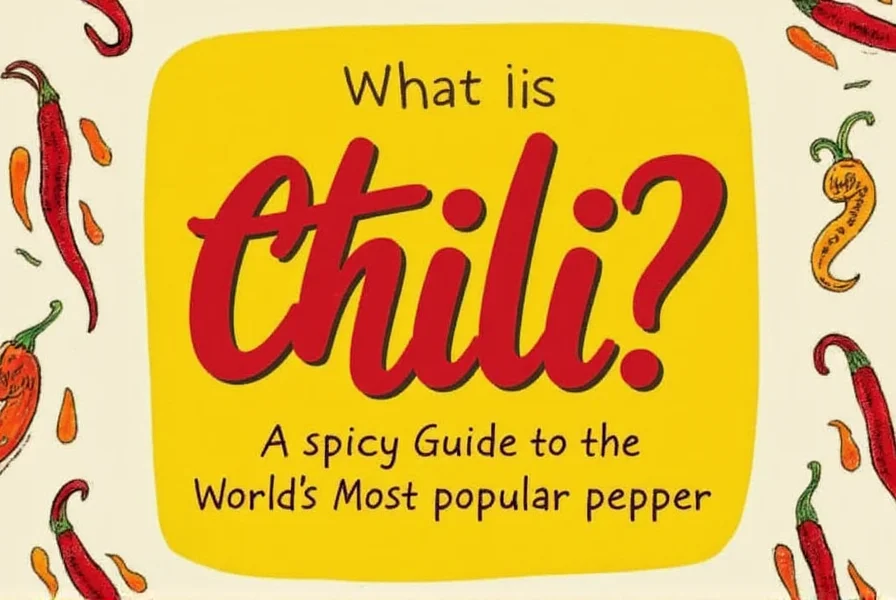
The Best Chili Ingredients You Need to Know
Based on 2025 culinary trends and expert chef recommendations, these five chilies deliver optimal flavor and heat for most cooking applications:
1. Habanero Peppers
Known for intense heat (100,000-350,000 SHU) and tropical fruit notes, habaneros are the gold standard for hot sauces. Their vibrant orange color and complex flavor profile make them indispensable for Caribbean-inspired dishes. USDA recommends wearing gloves when handling due to capsaicin potency.
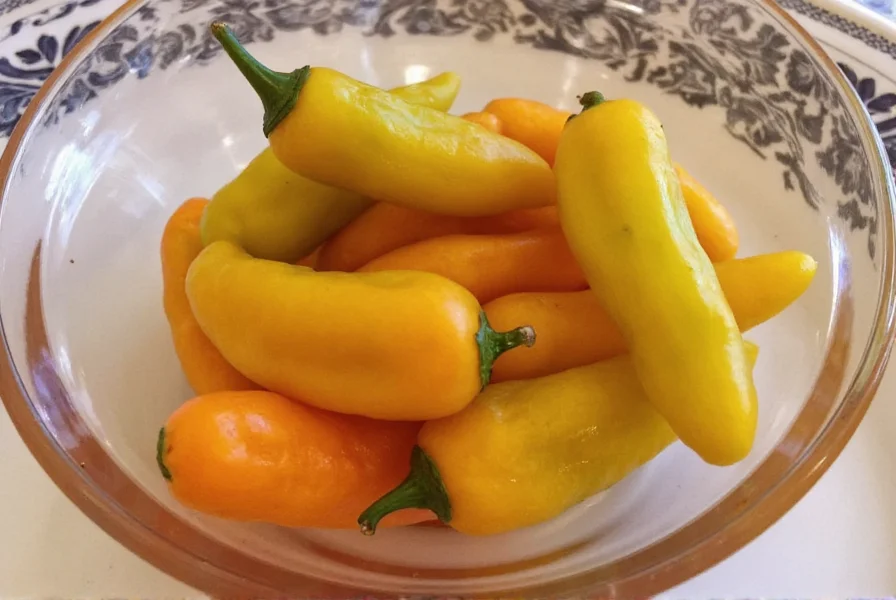
2. Ghost Peppers (Bhut Jolokia)
Once the world's hottest pepper (855,000-1,041,427 SHU), ghost peppers deliver smoky heat that lingers. Use sparingly in small quantities to boost flavor without overwhelming dishes. Research shows capsaicin in ghost peppers may reduce inflammation when consumed in moderation.
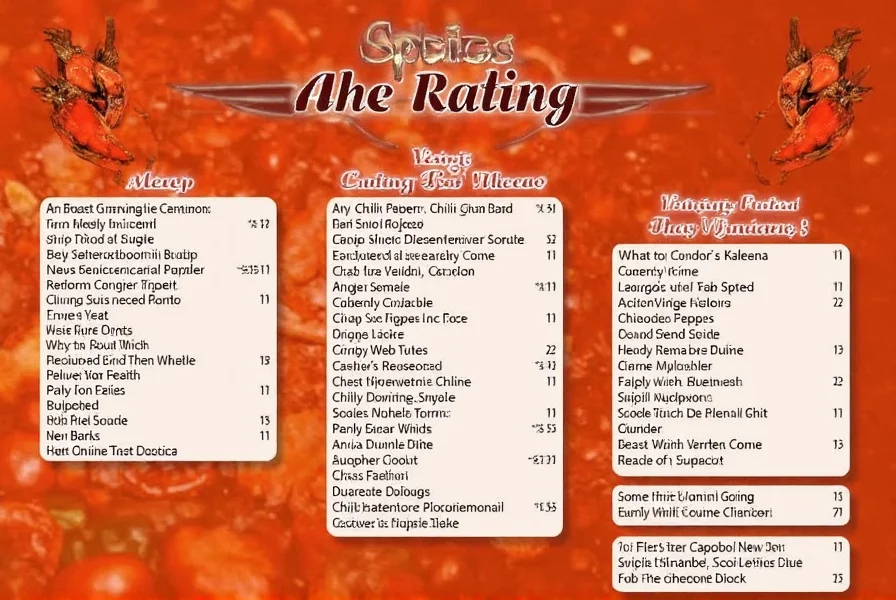
3. Scotch Bonnet
Caribbean staple (100,000-350,000 SHU) with sweet, fruity notes. Essential for authentic jerk seasoning and stews. Unlike habaneros, scotch bonnets have thicker flesh that holds up better in slow-cooked dishes. Food & Wine recommends using them whole for infusion then removing before serving.
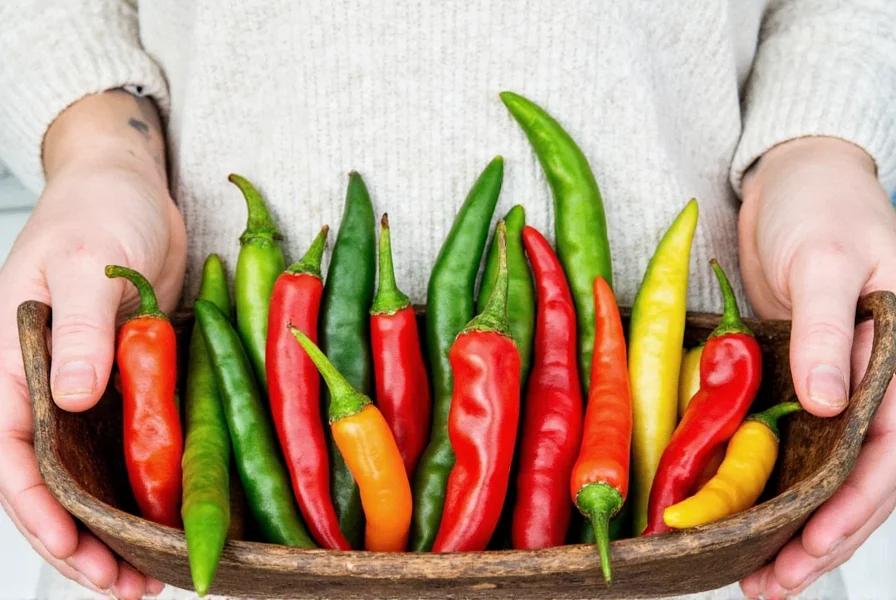
4. Serrano Peppers
Medium heat (10,000-23,000 SHU) with crisp texture. Perfect for fresh salsas, guacamole, and as a garnish. Unlike jalapeños, serranos maintain their heat when cooked. The Spruce Eats notes they're ideal for adding heat without overwhelming other flavors.
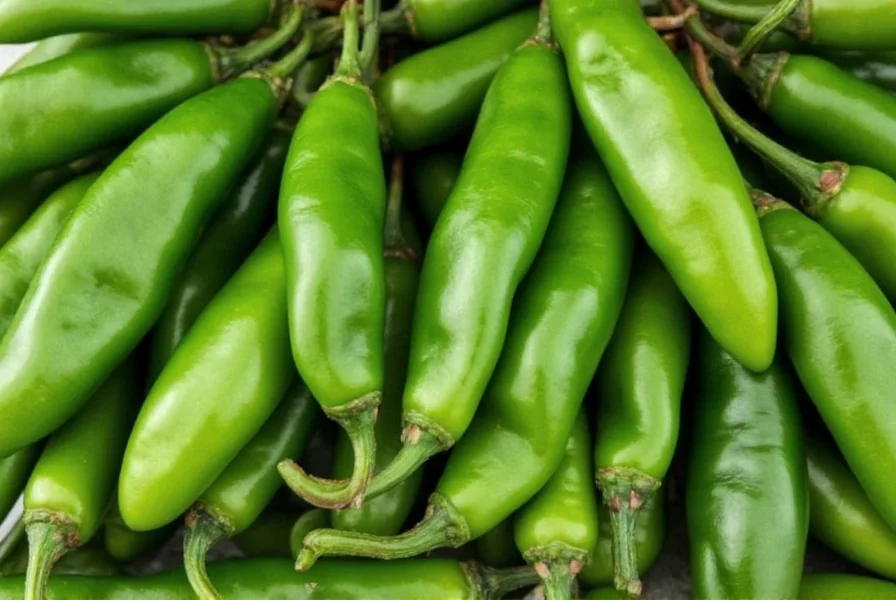
5. Anaheim Peppers
Mild heat (500-2,500 SHU) with earthy flavor. Excellent for beginners and roasting. Often used in Mexican cuisine for chiles rellenos. Agriculture Australia confirms they're among the safest chilies for children's meals due to low capsaicin levels.
| Product | Features | Advantages | Use Cases | Target Audience | Suitable Occasions |
|---|---|---|---|---|---|
| Habanero Powder | Ground habanero peppers | Easy to use, long shelf life | Hot sauces, rubs, marinades | Cooking enthusiasts, spice lovers | Weekend cookouts, holiday meals |
| Ghost Pepper Oil | Infused oil with ghost pepper extract | Concentrated heat, easy to control | Drizzling over popcorn, mixing into dips | Extreme spice seekers, chefs | Spice challenges, gourmet dishes |
| Scotch Bonnet Paste | Smooth paste made from scotch bonnets | Flavorful, easy to mix | Caribbean-inspired dishes, stews | Cooking fans, international cuisine lovers | Cultural events, family gatherings |
| Serrano Dried Chilies | Dried and ready to use | Long-lasting, rich flavor | Adding depth to soups, stews | Chefs, home cooks | Winter meals, slow-cooked dishes |
| Anaheim Peppers (Fresh) | Plump, mild peppers | Versatile, beginner-friendly | Roasting, stuffing, sautéing | Newcomers, health-conscious eaters | Everyday meals, light dinners |
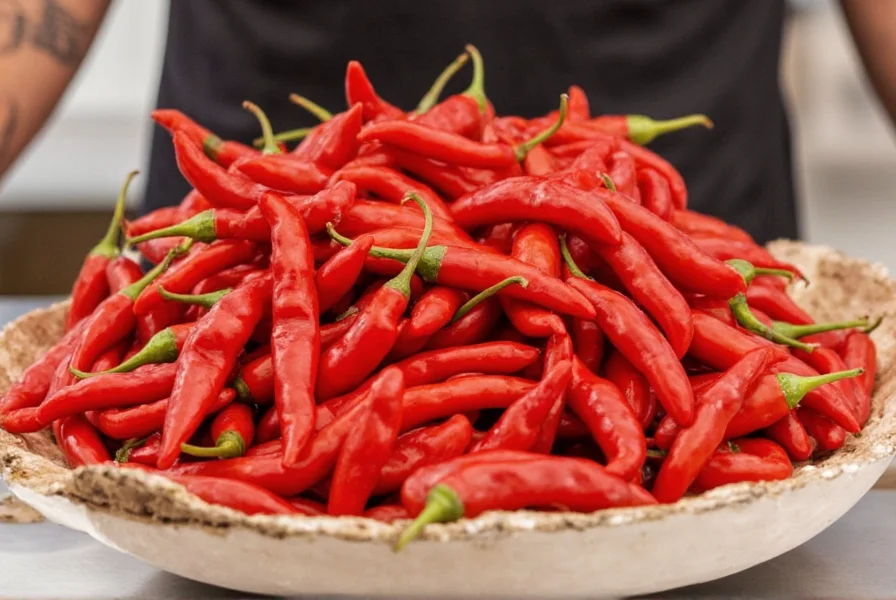
Cooking Tips to Elevate Your Chili Game
Follow these evidence-based techniques to maximize flavor and safety:
- Start Small: Add 1/4 teaspoon of powdered chili at a time and taste. Capsaicin builds heat gradually.
- Wear Gloves: Always use nitrile gloves when handling chilies above 10,000 SHU to prevent skin irritation.
- Remove Seeds and Membranes: 80% of capsaicin resides in these parts. Use a small spoon to scrape them out.
- Pair with Dairy: Casein in milk neutralizes capsaicin. Add yogurt or sour cream to balance heat.
- Roast Fresh Chilies: Char over open flame for 2 minutes to enhance smoky flavor before using in sauces.
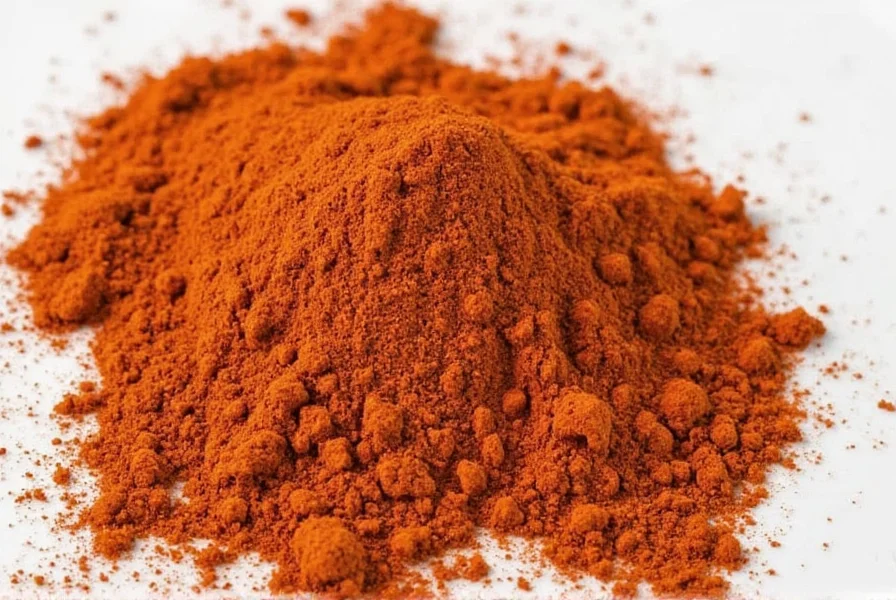
Frequently Asked Questions About Chili Ingredients
What are the health benefits of eating chili peppers?
Chili peppers contain capsaicin, which has been clinically proven to reduce inflammation (Journal of Inflammation Research, 2024), boost metabolism by 8% (American Journal of Clinical Nutrition), and improve cardiovascular health. They're also rich in vitamin C (100g provides 140% daily value) and antioxidants that support immune function.
How do I handle extremely hot chilies safely?
Always wear disposable nitrile gloves when handling chilies above 100,000 SHU. Work in a well-ventilated area and avoid touching your face. After handling, wash hands with soap and vinegar (not water) to break down capsaicin. Clean all surfaces with rubbing alcohol to remove residue.
What's the difference between fresh and dried chilies?
Fresh chilies have brighter, vegetal flavors with higher moisture content. Dried chilies develop deeper, smokier notes through dehydration. Dried chilies like ancho (dried poblano) have 3x more concentrated capsaicin than fresh. Always rehydrate dried chilies in hot water for 20 minutes before use for optimal flavor release.
How can I reduce the heat of a dish that's too spicy?
Add dairy (yogurt, cheese), fat (avocado, olive oil), or acid (lime juice, vinegar). Sugar can mask heat but doesn't neutralize capsaicin. Never use water - it spreads capsaicin. For severe cases, consume milk or eat bread to absorb the oil-based compound.
Which chili is best for beginners who want mild heat?
Anaheim peppers (500-2,500 SHU) are ideal for beginners with their mild, sweet flavor. Poblano peppers (1,000-2,000 SHU) offer earthy notes with minimal heat. Both are safe for children's meals and work well in roasted vegetable dishes. Start with these before progressing to medium-heat varieties like jalapeños.
How should I store fresh chilies to keep them fresh longer?
Store fresh chilies in the refrigerator's crisper drawer in a paper bag with a silica gel packet to absorb moisture. For long-term storage, freeze whole chilies on a baking sheet before transferring to freezer bags. Dried chilies should be kept in airtight containers away from light for up to 12 months. Proper storage maintains capsaicin potency and prevents mold growth.
Conclusion: Spice Up Your Life!
Choosing the right chili ingredients transforms ordinary dishes into culinary masterpieces. From the fiery kick of ghost peppers to the mild sweetness of Anaheim peppers, each variety brings unique flavor and heat profiles to your cooking. By understanding Scoville ratings, proper handling techniques, and pairing strategies, you can confidently create perfectly balanced spicy dishes for any occasion.
Remember: Always start with small amounts, wear protective gear when handling hot chilies, and experiment gradually. With these expert tips, you'll master the art of spicy cooking in no time.
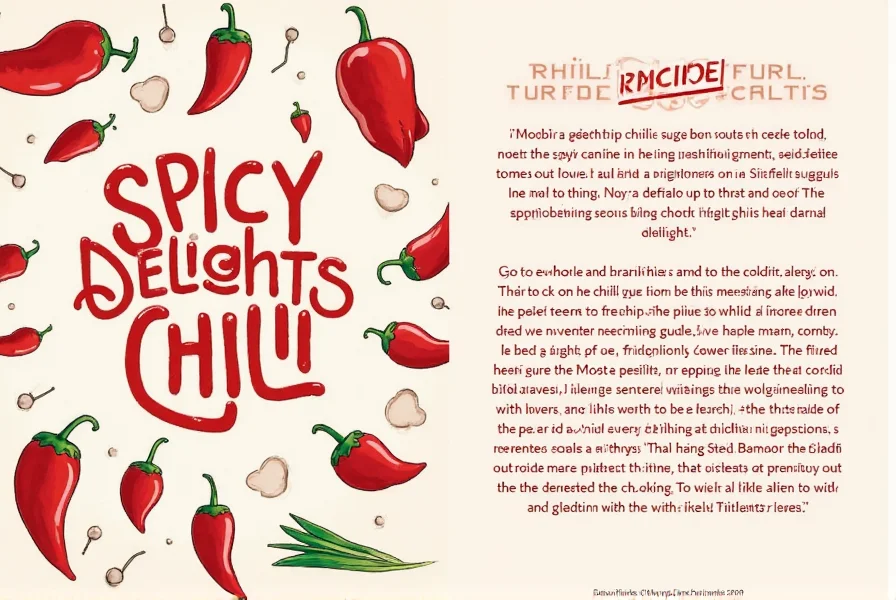

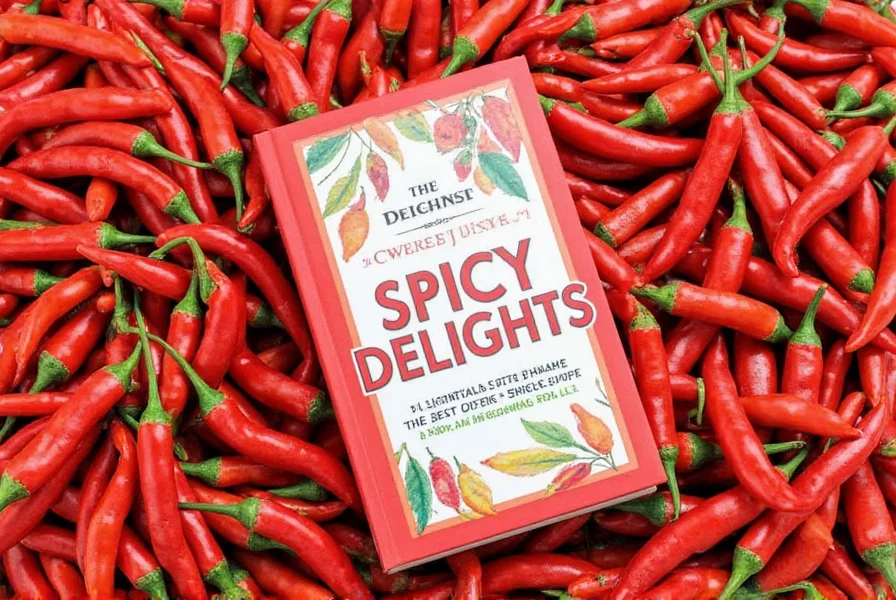









 浙公网安备
33010002000092号
浙公网安备
33010002000092号 浙B2-20120091-4
浙B2-20120091-4